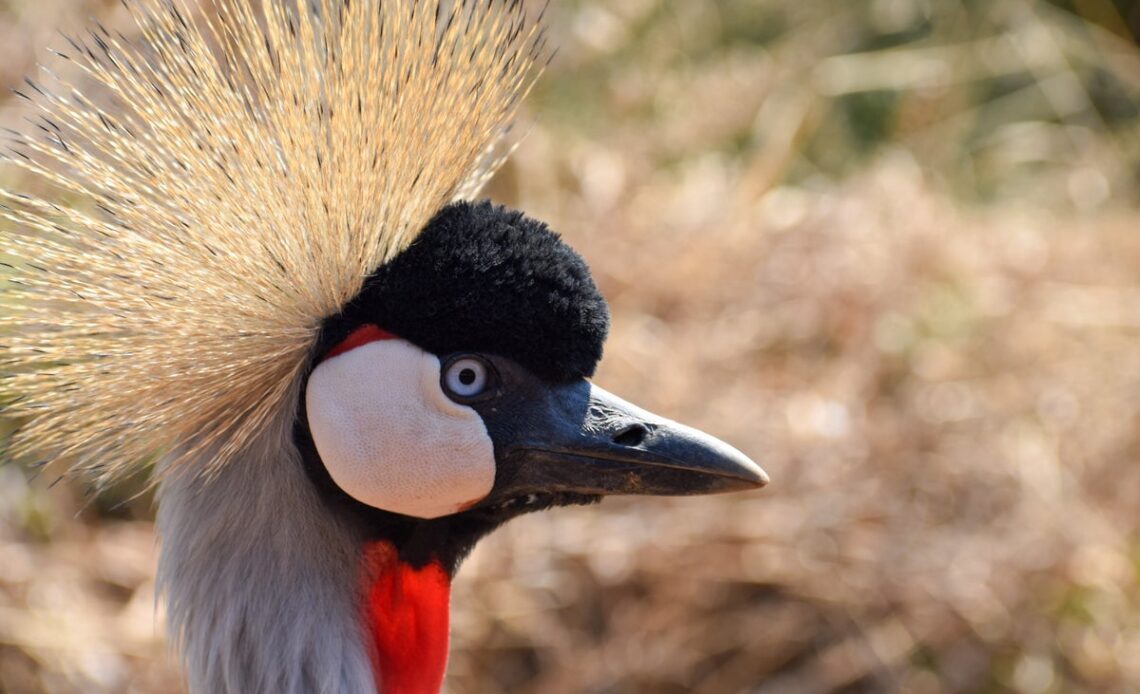Except for small pools of muddy water interjecting the extensive mud cracks on the dry bed of Lake Ol’ Bolossat, it is near impossible to tell that the spot in central Kenya once hosted hundreds of nests of endangered grey crowned cranes.
Every year, there is less water and fewer nests, with extended mudflats.
Ol’ Bolossat is the only lake in Nyandarua County whose waters flow downstream to support the livelihoods of communities in the dry Laikipia, Samburu, Isiolo and Garissa counties.
But despite its being one of the smallest lakes, covering 17 square miles (43.3 sq km), it is a critical site for hundreds of hippos and more than 300 bird species, a reason for its designation as an Important Bird Area.
The lake also acts as maternity for hundreds of the endangered grey crowned cranes, being one of the strongholds of the populations of the birds in East Africa. But the dwindling water volumes of Lake Ol’ Bolossat threaten the survival of the birds.
“The expansive dry area over there has been one of their historical breeding grounds. During the nesting season, hundreds of nests are often spread around here, but the trend has been declining during nesting seasons because the wetlands are dry,” Mr George Muigai, the founder of Crane Conservation Volunteers said.
Of the 15 species of cranes globally, Grey-crowned cranes are only found in Africa, with Kenya and Uganda being among the strongholds.
The bird species is listed as Endangered by the International Union for Conservation and Nature, meaning they are at risk of extinction within their ranges.
Despite being a once-common bird in wetlands and grasslands due to its high dependence on the habitats for breeding, foraging, resting and roosting, its population has been declining over the years across its range.
By 1988, the population of the birds in Africa was estimated at over 100,000, figures that dropped to between 26,500 and 33,500 in 2015.
The population of the birds has also been declining in Kenya. By 1988, the Kenyan population was estimated at 35,000 but went down to between 8,000 and 10,000 by 2020, numbers which researchers say translate to a loss of over 700 cranes per year.
“It is sad because these are the birds we used to see in abundance some years ago, and now they are disappearing. Lake Ol’ Bolossat is one of the major breeding grounds, but the destruction is all clear now, from the destruction of catchment, encroachment and effects of climate change,” Mr Muigai said.
Data from…
Click Here to Read the Full Original Article at The Independent Travel…
